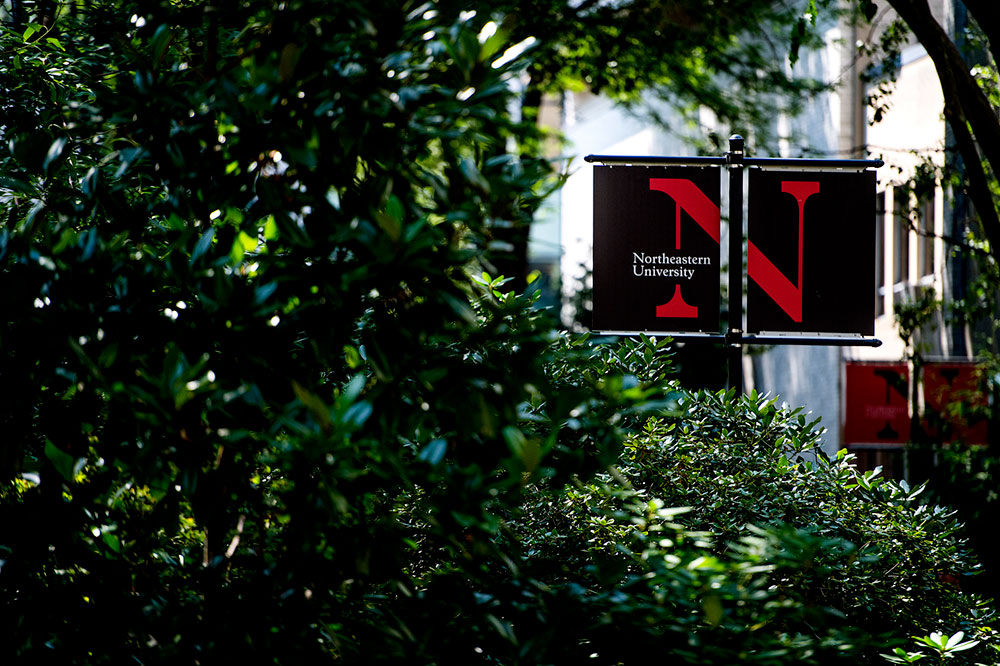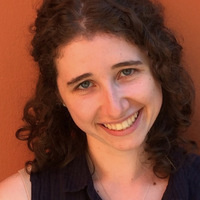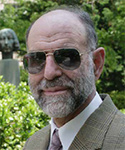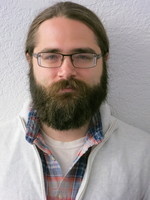Search Results
for
"gasc" in "Events" ,
displaying 1 - 14 of 16 results

"Heterotic Catastrophe Theory" by Ilarion Melnikov (Harvard)
GASC talk by Ilarion Melnikov: There is a well-known correspondence between the algebraic geometry of quasi-homogeneous affine singularities and the physics of two-dimensional supersymmetric Landau-Ginzburg quantum field theories. This correspondence has played an important role in mathematical physics, for instance in elucidating aspects of the mirror symmetry correspondence. I will discuss a generalization of this structure to certain quasi-homogeneous ideals and associated "heterotic" Landau-Ginzburg theories. My emphasis will be on…

“Symmetries of maps and oriented maps via action graphs'' by Tomaz Pisanski (U. Ljubljana)
GASC talk by Tomaz Pisansky: We define action graphs as semi-directed graphs in which the edge set is partitioned into directed 2-factors and undirected 1-factors and use them to describe several combinatorial structures, such as maps and oriented maps. The quotient of the action graph with respect to its automorphism group is called the symmetry type graph and is very useful in connection with map symmetries and orientation preserving symmetries.…

"Moduli Spaces of Stable Pairs" by Yinbang Lin (Northeastern)
GASC talk by Yinbang Lin: I will construct a moduli space of stable pairs of sheaves over a smooth projective variety, parametrizing morphisms from a fixed coherent sheaf to a varying pure sheaf of fixed topological type, subject to a stability condition. This generalizes the notion used by Pandharipande and Thomas, following Le Potier, where the fixed sheaf is the structure sheaf of the variety. I will then describe the…

“The Craighero-Gattazzo surface is simply connected'' by Julie Rana (Marlboro College)
GASC seminar by Julie Rana (Marlboro College) ``We show that the Craighero-Gattazzo surface, the minimal resolution of an explicit complex quintic surface with four elliptic singularities, is simply-connected. This was first conjectured by Dolgachev and Werner. The proof utilizes an interesting technique: to prove a topological fact about a complex surface we use algebraic reduction mod p and deformation theory. Joint with Jenia Tevelev and Giancarlo Urz'ua.

“Uniform Artin-Rees bounds for infinite free resolution,'' by Janet Striuli
GASC seminar by Janet Striuli (Fairfield University), In this talk we show the existence of an integer for which the Artin-Rees Lemma holds for all ideals and for all d-th syzygies as sub modules of a free module. This work is a collaboration with Ian Aberbach and Aline Hosry.

“Compactifying the Family of Smooth Quadrics'' by Cesar Lozano Huerta
GASC Seminar: by Cesar Huerta (Harvard University): In this talk, I will focus on compactifying the family of smooth quadric hypersurfaces in projective space using tools from the Minimal Model Program. I will also discuss work in progress on the Hilbert scheme of curves in projective 3-space which borrows ideas and properties from the quadric-hypersurface case.

Self-Linking for Legendrian Knots
Mathematics Assistant Professor Chris Beasley will deliver this GASC talk. The Thurston-Bennequin invariant provides one notion of self-linking for any homologically-trivial Legendrian curve in a contact three-manifold. Here we discuss another notion of self-linking for Legendrian knots in R^3. Our definition is based upon a reformulation of the elementary Gauss linking integral and is motivated by ideas from supersymmetric gauge theory. This talk is based upon joint work with Brendan…

GASC Seminar “Symmetric products of projective space and Gromov-Witten theory” by Robert Silversmith (Northeastern)
Abstract: I'll discuss (orbifold) symmetric products of projective spaces Sym^d(P^r), focusing on the structure of orbits of the natural torus action. These orbits vary in nice toric moduli spaces -- for example, components of the moduli space of 1-dimensional orbits are naturally identified with certain toric compactifications of M_{0,n}. I will then discuss how one can use these orbits to calculate Gromov-Witten invariants of Sym^d(P^r). If I have time, I'll…

GASC Seminar “Symbolic Powers and the Question of Uniform Growth” by Robert Walker (University of Michigan)
Abstract: Fix the coordinate ring R of a complex non-singular affine algebraic variety V, and a radical ideal I in R. The set of polynomial functions on V vanishing to order at least N at all points of the zero locus of I in V has the structure of an ideal -- the N-th symbolic power I^{(N)} of I. In particular, while I^N always lies in I^{(N)}, the latter may…

GASC Seminar “Generalized Steinberg theory and Robinson-Schensted correspondence for partial permutations” by Kyo Nishiyama (Aoyama Gakuin University and MIT)
Abstract: Let G be a connected reductive algebraic group. Let us consider a product X of flag varieties and the diagonal action of G, which extends to a Hamiltonian action on the cotangent bundle T*X. Hence we get a moment map. Steinberg considered a conormal variety and deduced a map from the Weyl group W of G to the nilpotent coadjoint orbit in the Lie algebra. In type A, this…

GASC Seminar “Combinatorics of Cluster Structures in Schubert Varieties” by Melissa Sherman-Bennett (Harvard)
Abstract: The (affine cone over the) Grassmannian is a prototypical example of a variety with "cluster structure"; that is, its coordinate ring is a cluster algebra. Scott (2006) gave a combinatorial description of this cluster algebra in terms of Postnikov's plabic graphs. It has been conjectured essentially since Scott's result that Schubert varieties also have a cluster structure with a description in terms of plabic graphs. I will discuss recent…

GASC Seminar “Connected sums of graded Artinian Gorenstein algebras” by Chris McDaniel (Endicott College)
Abstract: Connected sums were defined for local Gorenstein algebras by Ananthnarayan Avramov-Moore (A-A-M) in a 2012 paper. In the graded Artinian case, this construction is related to a topological construction that pastes two manifolds together along a common submanifold. In this case, the A-A-M construction can be described using algebraic versions of the Thom class of the normal bundle of a submanifold. We discuss this description here, as well as…

GASC Seminar “Macaulay Duality over Any Base” by Steven Kleiman (MIT)
Abstract: Traditionally, Macaulay Duality furnishes a useful canonical bijective correspondence between Artinian quotients of a polynomial ring over a base field and modules of linear functionals on forms. In joint work in progress with Jan Kleppe of Oslo, this duality is generalized over an arbitrary Noetherian base ring, thus providing a suitable framework for studying a family of Artinian quotients by investigating its dual family.

GASC Seminar “Chapoton triangles from multidimensional Catalan objects” by Thomas McConville (MSRI)
Abstract: Chapoton triangles are polynomials in two variables defined by Coxeter-Catalan objects. These polynomials are related by some remarkable identities that only depend on the rank of the associated (finite) Coxeter system. The multidimensional Catalan numbers enumerate the number of standard Young tableaux of a rectangular shape. It also counts the number the vertices of a polytope known as the Grassmann associahedron. Using the structure of this polytope, I will…